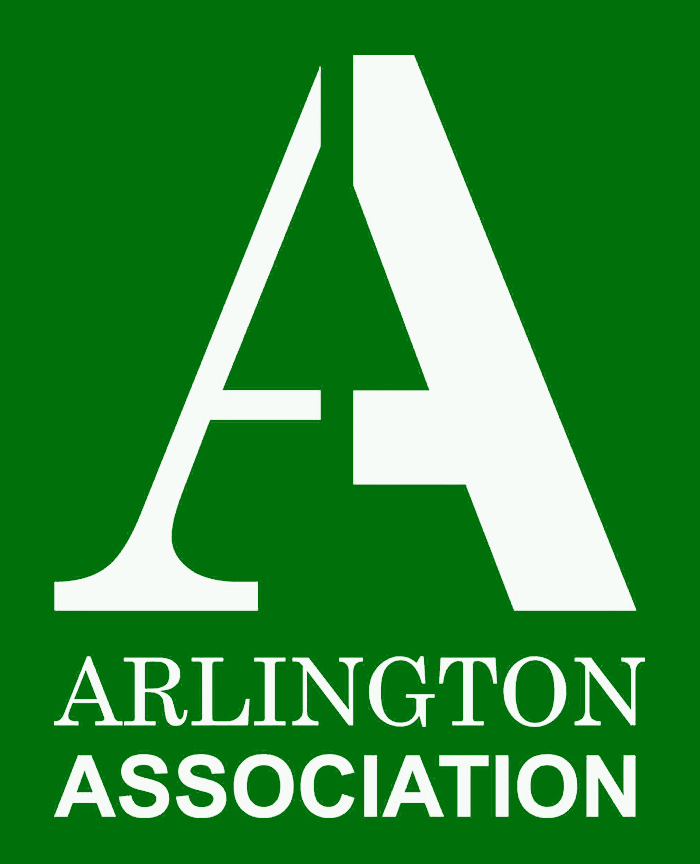A watery artery - The early years of ‘our’ canal
Sturt’s Lock (behind Arlington Square) in the 1950s: a towpath tractor and a horse wait for their barges to leave the lock.
The Regent’s Canal is 200 years old this year – or at least, part of it is. The birthday celebrations at Little Venice in August marked the bicentenary of the stretch from Paddington to Camden. But the rest of the canal, including the Islington section that marks the southern border of Arlingtonia, was not completed until four years later.
The delay was due to financial difficulties (not helped when the project’s superintendent, Thomas Homer, was found guilty of embezzling funds and sentenced to seven years’ transportation) and also the engineering challenge of the Islington Tunnel. When it opened in 1820, the whole canal had cost £772,000 – twice the original estimate – and the tunnel accounted for £40,000 of that.
The 960-yard (878-metre) Islington Tunnel was the major engineering work of the canal, and the last section to be finished. It was built by sinking shafts at intervals to the required depth, then lowering men and equipment to dig in both directions until all the sections met. In June 1818 Thomas Telford inspected it and pronounced the tunnel ‘perfect, the workmanship excellent, and its direction perfectly straight’.
Finally, on 1 August 1820, the canal was formally opened. A convoy of boats processed downstream, led by Lord Macclesfield and other directors of the Regent’s Canal Company in a ceremonial barge borrowed from the City of London, and accompanied by brass bands and uniformed soldiers. As they emerged from the tunnel and approached City Road Basin, an artillery unit fired a salute. The convoy included some working barges from Manchester, which competed to be the first to unload their cargo in the new basin (the crew of the William won the race, to great acclamation from the crowd).
Legging it
Within its first year, an estimated 122,000 tons of cargo passed along the canal between Limehouse and Paddington. A horsedrawn barge would typically carry 30 tons or more, 10 times the load of a horsedrawn cart. When they reached the Islington Tunnel, which has no towpath, the horses were led overland while the bargees lay on their cargo and ‘walked’ along the tunnel walls, a slow and exhausting process known as ‘legging’. Their life was made easier in 1826 by the introduction of a steam tug attached to a continuous chain on the canal bed which could pull several barges through at the same time. It operated for a century, and was eventually replaced by a diesel tug in 1926.
The Regent’s was one of Britain’s last canals to be built, and it soon found itself in competition with the new-fangled railways for the transport of goods. The Regent’s Canal Company was offered £1,000,000 in 1845, and £1,275,000 in 1883 to sell the canal so that it could be converted into a railway. Both attempts failed when the money could not be raised. Despite the competition of road and rail, the canal continued to carry commercial traffic right up to the 1960s. In 1953, small towpath tractors began pulling barges, and the last horse retired from active service in 1956.
But by the late 1960s commercial traffic had dwindled to nothing. Our canal was unused, unkempt and virtually ignored. There was talk of turning it into a road. However by the 1970s people woke up to the idea of a canal as an amenity that could to be developed to public advantage. It was restocked with fish from the royal parks to encourage anglers. The Islington Boat Club was founded in the City Road Basin, and a vigorous local campaign thwarted British Waterways’ threatened closure of the basin to be filled in for housing.
Canal facts
✦ The canal was named after the Prince Regent, who had already become King George IV by the time it was opened.
✦The New North Road bridge, built in 1912 to carry trams, was the first reinforced concrete bridge in England.
✦The most valuable painting of our canal sold for £107,475 in 2013. Walter Sickert’s Hanging Gardens of Islington (1926) shows his Noel Road garden viewed from across the canal.
✦Part of the National Grid runs beneath the towpath between St John’s Wood and City Road. The 400kV cables are cooled by canal water.
✦ The entire towpath from the Islington Tunnel to Limehouse was not opened to the public until 1982.

